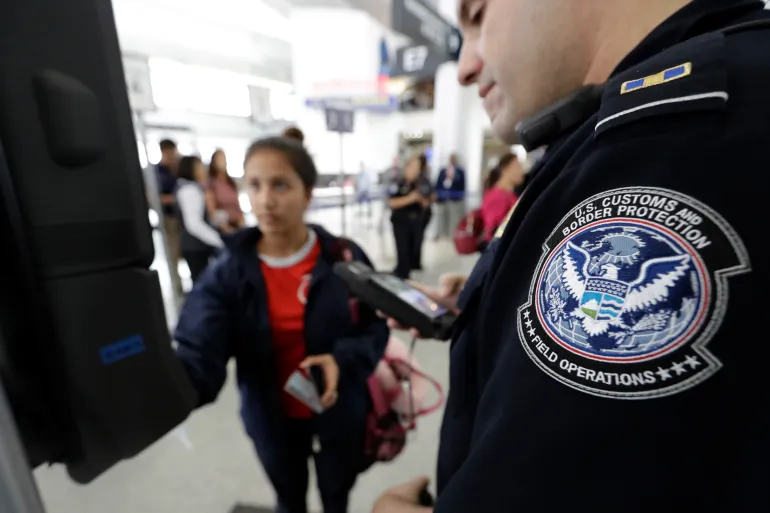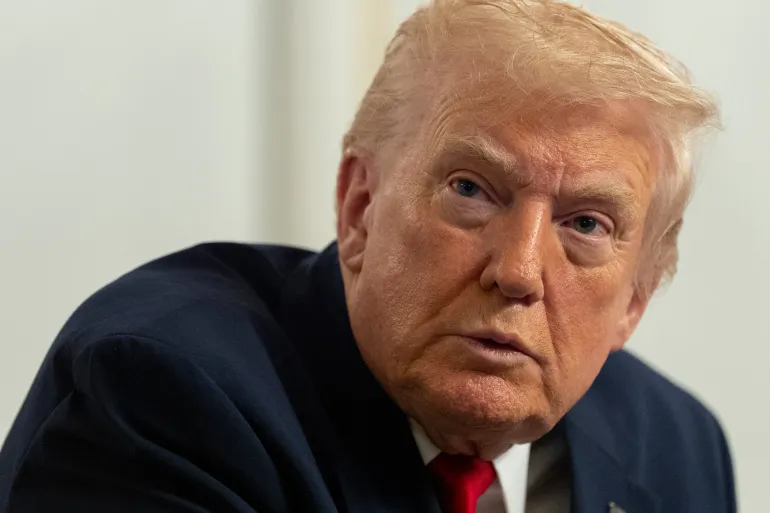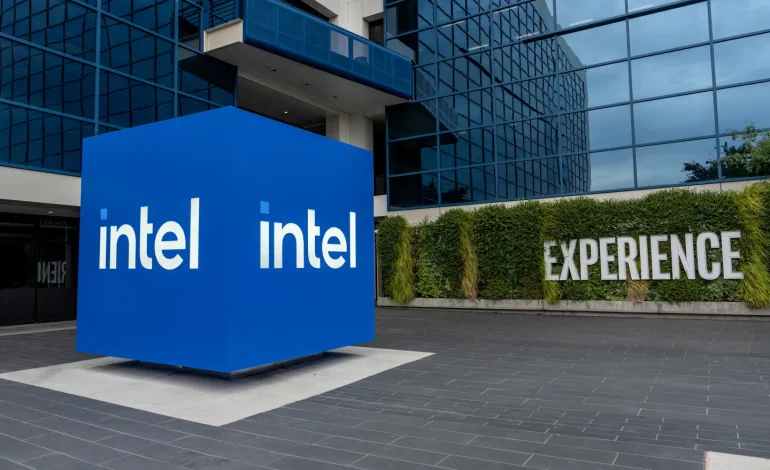Fortune, Bloomberg, CNBC, and Reuters contributed to this report.
Intel is finally playing offense again — and Wall Street noticed. The stock jumped about 9% in early trading after the chipmaker topped profit expectations and talked up demand that’s now running ahead of supply. It’s the latest sign that CEO Lip-Bu Tan’s no-nonsense playbook — cut costs hard, take smart money, and focus on what sells — is starting to steady a company that spent the last few years watching rivals lap it.
The tone flipped from survival to execution. After posting its first annual loss in nearly four decades in 2024, Intel clawed back to profitability in the quarter ended Sept. 27, with revenue up roughly 3% to $13.7 billion and earnings of $0.23 a share excluding items, both ahead of forecasts. The outlook for the current quarter centers on about $13.3 billion in sales. That guide looks light at first glance, but some analysts had been wrongly counting revenue from Altera — Intel spun off the programmable-chip unit in September and now holds only a minority stake, removing $400–$500 million from future top-line comparisons.
The market already had a whiff of a turnaround. Intel shares have surged more than 90% in 2025, outpacing even Nvidia and AMD, as Tan assembled a financial safety net and imposed discipline on spending. The company lined up a trio of big-ticket backers — an unconventional US government equity stake brokered out of the White House and multibillion-dollar investments from Nvidia and SoftBank — that collectively bring in roughly $15 billion. That cash is doing two things at once: shoring up the balance sheet — Intel repaid $4.3 billion of debt and finished the quarter with nearly $31 billion in cash and short-term investments — and buying Tan time to fix the core business.
“Current demand is outpacing supply,” CFO Dave Zinsner said, pointing to data-center customers refreshing CPUs to ride the AI wave and a healthier PC market. He also added a reality check: yields on Intel’s cutting-edge 18A manufacturing process remain below par and won’t hit “acceptable” levels until 2027. That’s the tension at the heart of this comeback. Tan has slowed or reshaped some of the most capital-intensive ambitions, including pushing the much-touted Ohio megafab into the 2030s, and he’s slashed more than a fifth of the workforce while still hiring into AI and other growth pockets. The message to his team on new spending is simple — prove the demand first. If customers show up, Intel will scale capex; if not, it won’t.
Under the hood, the patient shows vital signs. Client computing (PC chips) pulled in around $8.5 billion, ahead of expectations, and data-center revenue cleared $4 billion. The foundry unit is still bleeding money, but the losses narrowed markedly from a year ago, a necessary step if Intel is going to convince external chip designers to use its factories. That’s also where the Nvidia agreement matters: beyond the headline investment, it binds the two companies to real production and shipments, which would validate Intel’s process tech with one of the toughest customers in the business.
None of this means the race is won. Intel still trails badly in the AI accelerator market, where Nvidia dominates and AMD is gaining share, and the company’s own guidance admits as much by leaning on core CPUs and incremental foundry progress rather than splashy new AI silicon wins. Even supporters are careful with the victory laps. Bernstein captured the mood neatly: you can call it a corner turned, but the fight is far from over.
Still, this is what an actual turnaround looks like: a cleaner balance sheet, credible customers committing real dollars, a CEO trimming ambitions where the math doesn’t pencil and leaning in where it does, and, crucially, demand that exceeds what the company can supply today. If Tan can keep yields improving, land more outside foundry orders, and parlay those Nvidia and government ties into sustained production wins, 2026 starts to look like more than a dead-cat bounce. For now, investors have their headline — Intel is back in the game — and, for the first time in a while, the numbers to back it up.










The latest news in your social feeds
Subscribe to our social media platforms to stay tuned